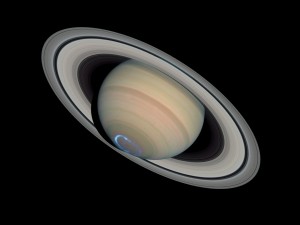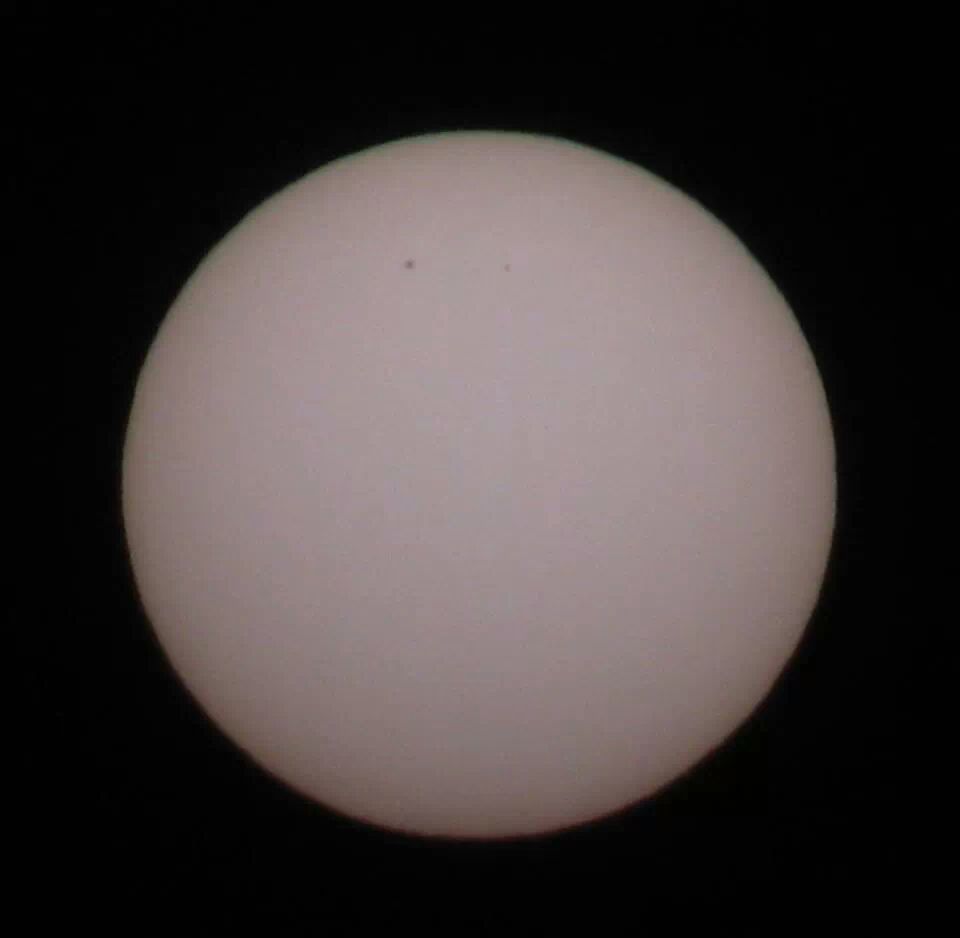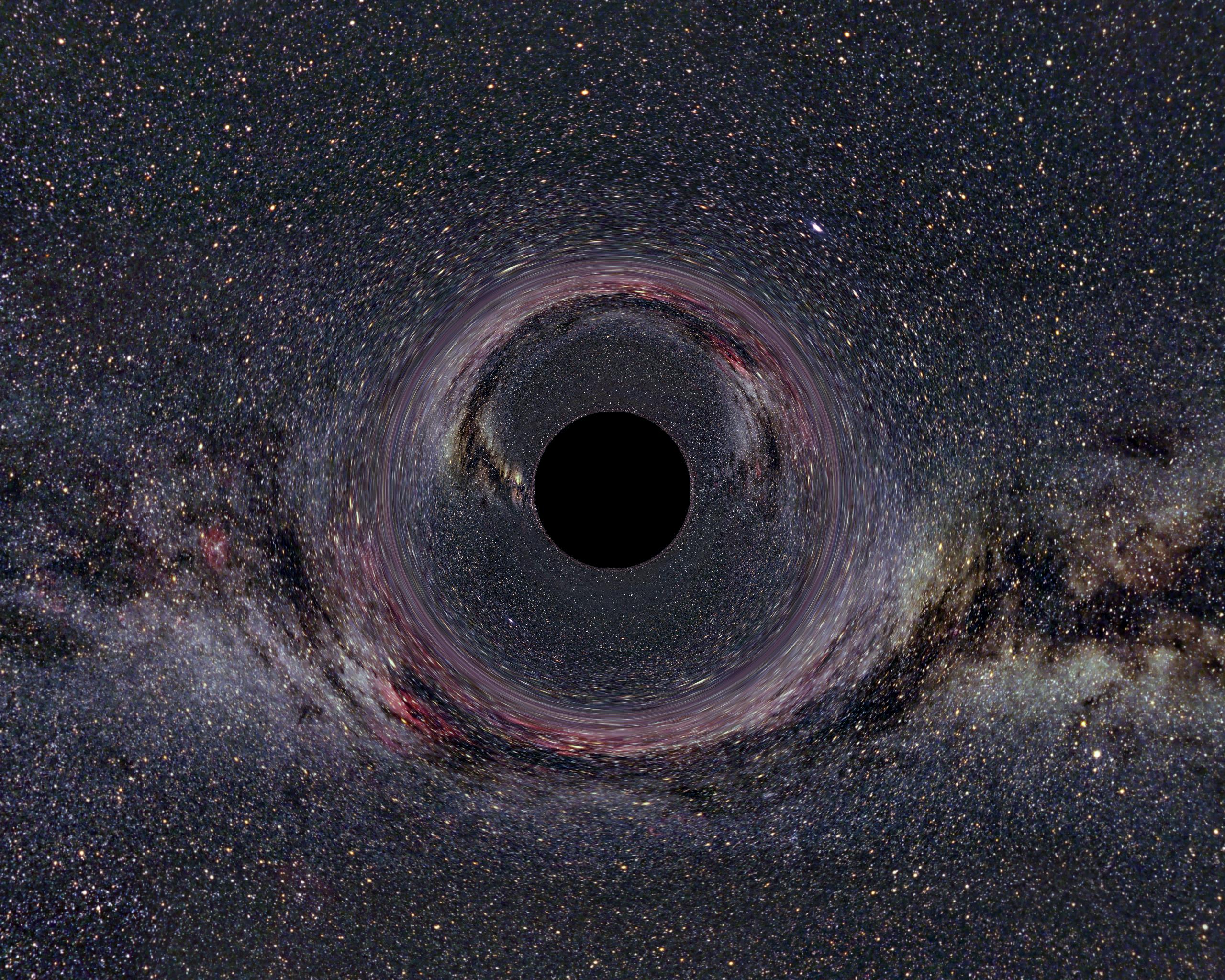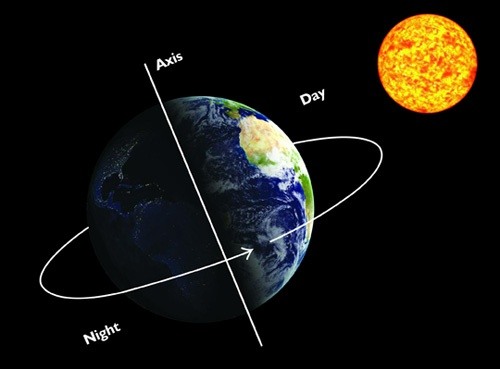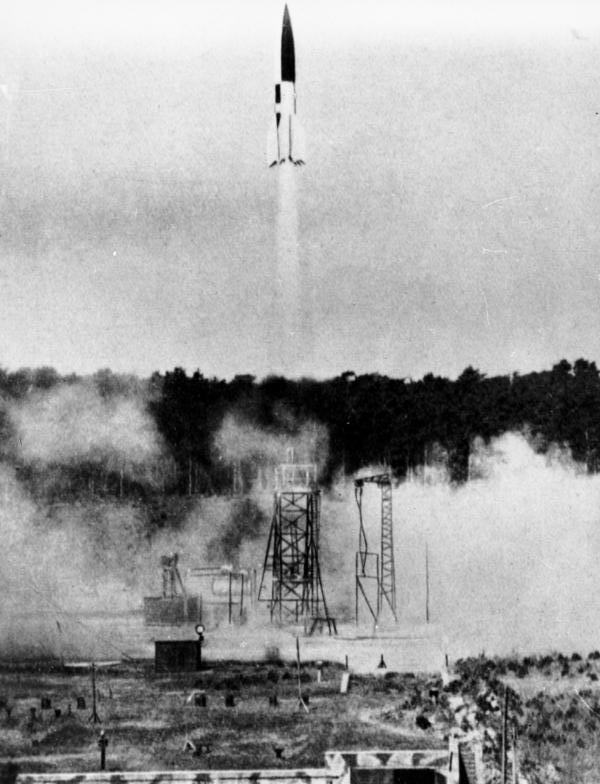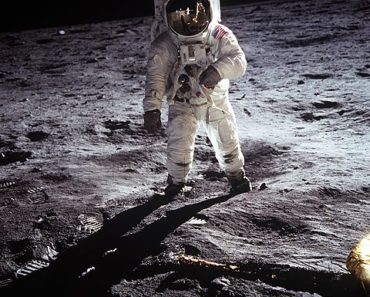Somewhere in the far reaches of the solar system it is believed there is a manned Soviet space craft with a dead cosmonaut inside.
During the early 1960s the Italian Judica-Cordiglia brothers were using their homemade space listening post to monitor broadcasts from Earth’s orbit. It was a rich time for space enthusiasts. Both the USSR and the USA were launching rockets on a regular basis, and there was a race between the two nations to put a human into space.
The obsessive brothers listened in on as many missions as possible, but were disturbed by one particular incident.
In November 1960 they claimed to have heard a tapping sound coming from outer space. “It was a signal we recognised immediately as Morse code – SOS,” said Gian Judica-Cordiglia. But something about this signal was strange. It was moving slowly, as if the craft was not orbiting but was at a single point and slowly moving away from the Earth. The SOS faded into distant space.”
The tale of the cosmonaut lost in space is unverified but a compelling tale of Cold War politics and space race paranoia, given gravitas by Soviet secrecy and a desire to avoid the embarrassment of failure.
So what if the story is true? How far has the space craft headed into the cosmos? It’s a tough question to answer definitively because the Apollo missions demonstrated a craft’s speed changes with the distance from the Earth and the Moon. But let’s use the figure of 3218.688 kilometres per hour (2000 MPH), which was the speed Apollo 11 was going shortly before it was caught by the moon’s gravitational force.
Here are the maths: 3218.688 x 24h x 365d x 53.085y = 1,496,769,099.7248 kilometres or 9.978460664832 Astronomical Units. In comparison, Saturn’s mean distance from the Sun is 9.529 AU.
Short answer: While there is no conclusive proof a cosmonaut was lost in space, the Soviets were known to hide the failures that took place during the space race of the 1960s.
